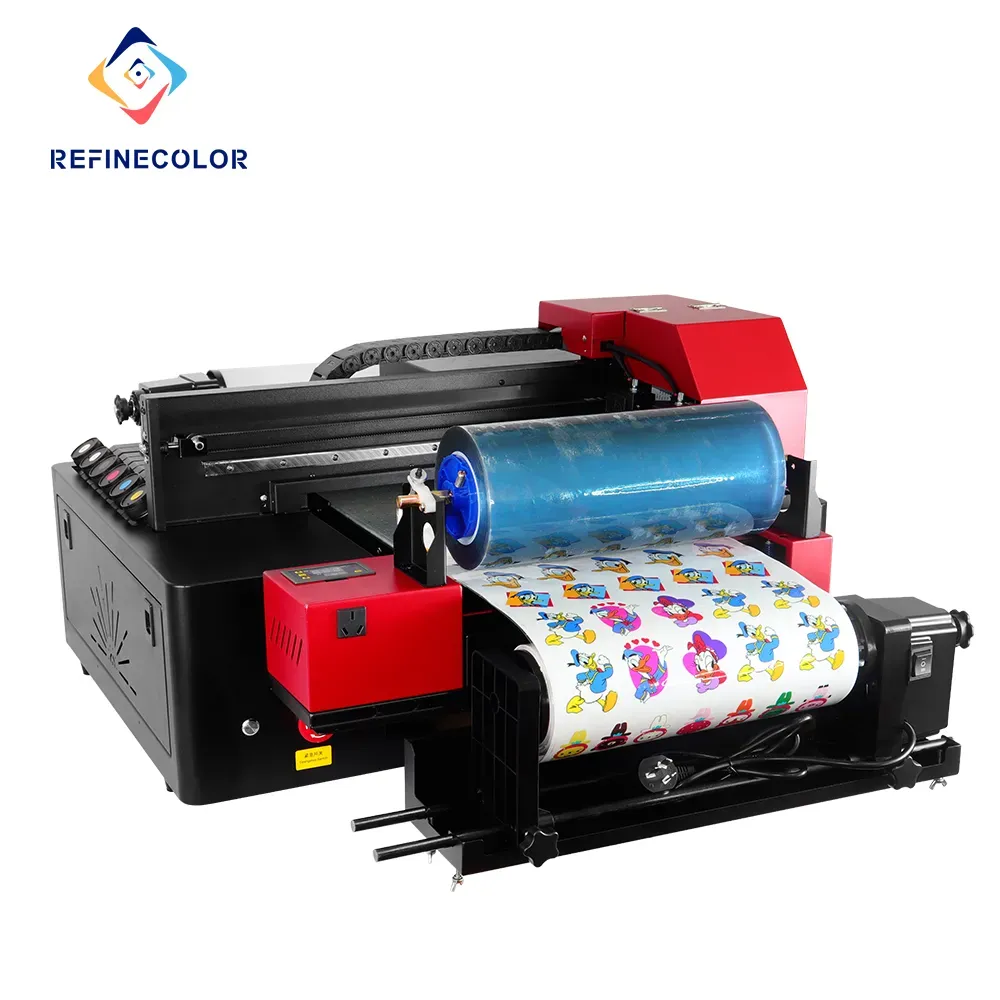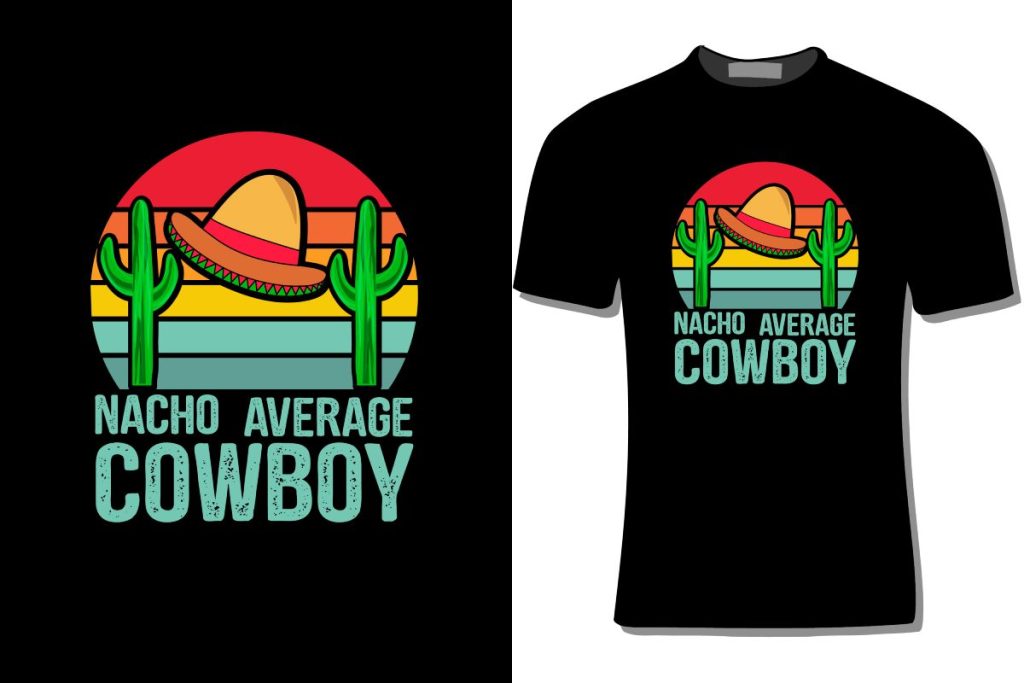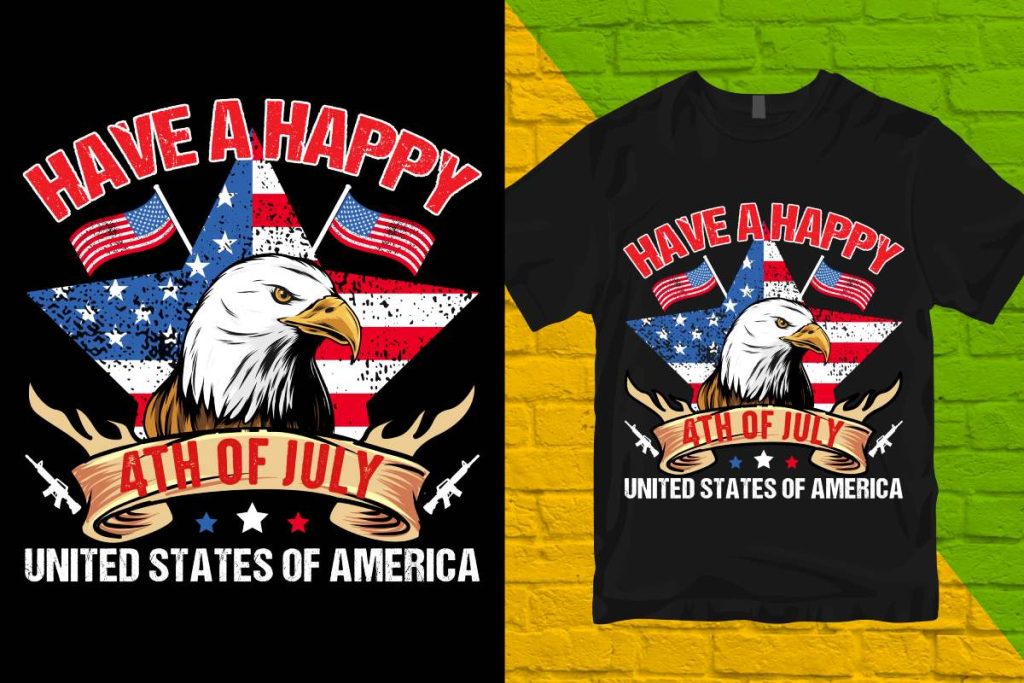In the ever-evolving world of printing technology, UV DTF is emerging as a game-changer, offering a unique blend of speed and precision for custom printing needs. Short for UV Direct to Film, this innovative method utilizes ultraviolet light to instantly cure inks on a specialized film before transferring them to various surfaces. As businesses seek efficient solutions in garment decoration and promotional products, UV DTF stands out by delivering vibrant colors and intricate details that last. This article will delve into the mechanics of UV DTF printing, exploring how it works and its growing significance within the industry. With its ability to revolutionize traditional printing practices, understanding UV DTF is essential for anyone looking to stay ahead in the competitive landscape of custom printing.
Often referred to as Ultraviolet Direct to Film printing, this remarkable technique is reshaping the custom printing sector with its cutting-edge capabilities. By harnessing the power of ultraviolet light, this process seamlessly transfers designs to a wide array of surfaces, from textiles to hard materials. The remarkable durability and vividness of prints produced through this method have garnered significant interest among businesses in fields such as garment decoration and promotional merchandise. As more and more companies look to adopt advanced printing technologies, exploring alternative terms related to UV DTF can provide deeper insights into the benefits and applications of this innovative solution. Keep reading to discover how this printing technology can positively impact your business and creative projects.
The Evolution of Printing Technology
In the ever-evolving landscape of printing technology, UV DTF has emerged as a significant player, standing at the intersection of innovation and practicality. Traditional printing methods, while effective, often fall short in terms of efficiency and versatility. UV Direct to Film (UV DTF) printing, however, is changing the game by incorporating ultraviolet light to instantly cure inks. This rapid process not only accelerates production times but also enhances the quality of prints, ensuring vivid colors and intricate details that exceed the capabilities of older techniques.
Furthermore, as the demand for customization rises across various industries—from fashion to promotional products—technologies like UV DTF offer solutions that cater to smaller production runs without sacrificing quality. This adaptability has positioned UV DTF as a preferred choice, particularly for businesses focused on garment decoration and custom printing. As technology continues to advance, we can expect to see even more innovative applications and improvements in printing methods.
Frequently Asked Questions
What is UV DTF printing and how does it work?
UV DTF printing, or UltraViolet Direct to Film printing, is a modern technique that prints designs onto a special film using UV-sensitive inks. The printed film is then transferred to various substrates like fabrics and metals using heat. The UV inks cure instantly under ultraviolet light, providing vibrant colors and precision in the final print.
What are the main benefits of using UV Direct to Film technology?
The benefits of UV Direct to Film technology include exceptional durability, as prints are water and scratch-resistant. It offers cost-effectiveness by reducing production time, making it ideal for custom printing jobs. Additionally, many UV inks are eco-friendly, appealing to businesses that want to enhance their sustainability efforts.
Can UV DTF be used for garment decoration?
Yes, UV DTF is widely used for garment decoration. It allows for high-quality designs on fabrics, ensuring that the colors remain vibrant and the details crisp even after multiple washes. This makes it a preferred choice for custom apparel in the fashion and promotional sectors.
What substrates can be printed using UV DTF technology?
UV DTF technology can print on a diverse range of substrates, including various fabrics, metals, glass, plastic, and wood. This versatility allows businesses to use UV DTF for numerous applications, from custom merchandise to home decor.
How does UV DTF compare to traditional printing methods?
Compared to traditional printing methods, UV DTF offers quicker production speeds due to its instant ink curing process. It also provides better durability and design precision, reducing issues such as ink saturation, which are often problematic in conventional printing.
What current trends are emerging in UV DTF printing?
Current trends in UV DTF printing include increased adoption by small businesses looking to offer custom printing solutions, advancements in user-friendly equipment that enhances print quality, and a growing emphasis on creative customization as designers explore new substrates and print possibilities.
| Key Points | Details |
|---|---|
| What is UV DTF? | UV DTF stands for Ultraviolet Direct to Film, a printing technique where designs are printed on a specialized film using UV-sensitive inks. |
| How Does it Work? | The process involves three main steps: printing (using UV inks), heat transfer to substrates, and finishing touches for durability. |
| Benefits of UV DTF | Durability, cost-effectiveness, and eco-friendly options are major advantages that make UV DTF attractive for businesses. |
| Applications | Common uses include custom apparel, promotional products, signage, and home decor items. |
| Current Trends | The technology is gaining traction among small businesses, with advancements in equipment and a focus on creative customization. |
Summary
UV DTF is a revolutionary printing technique that is changing the landscape of custom printing. This cutting-edge method combines the abilities of ultraviolet printing with the efficiency of film transfer, allowing businesses to produce vibrant, durable designs on a variety of substrates. With its rapid drying times and eco-friendly inks, UV DTF not only enhances quality but also aligns with the growing demand for sustainable practices in the printing industry. As UV DTF continues to evolve, it stands as a key technology for businesses looking to innovate and meet the diverse needs of their customers.



